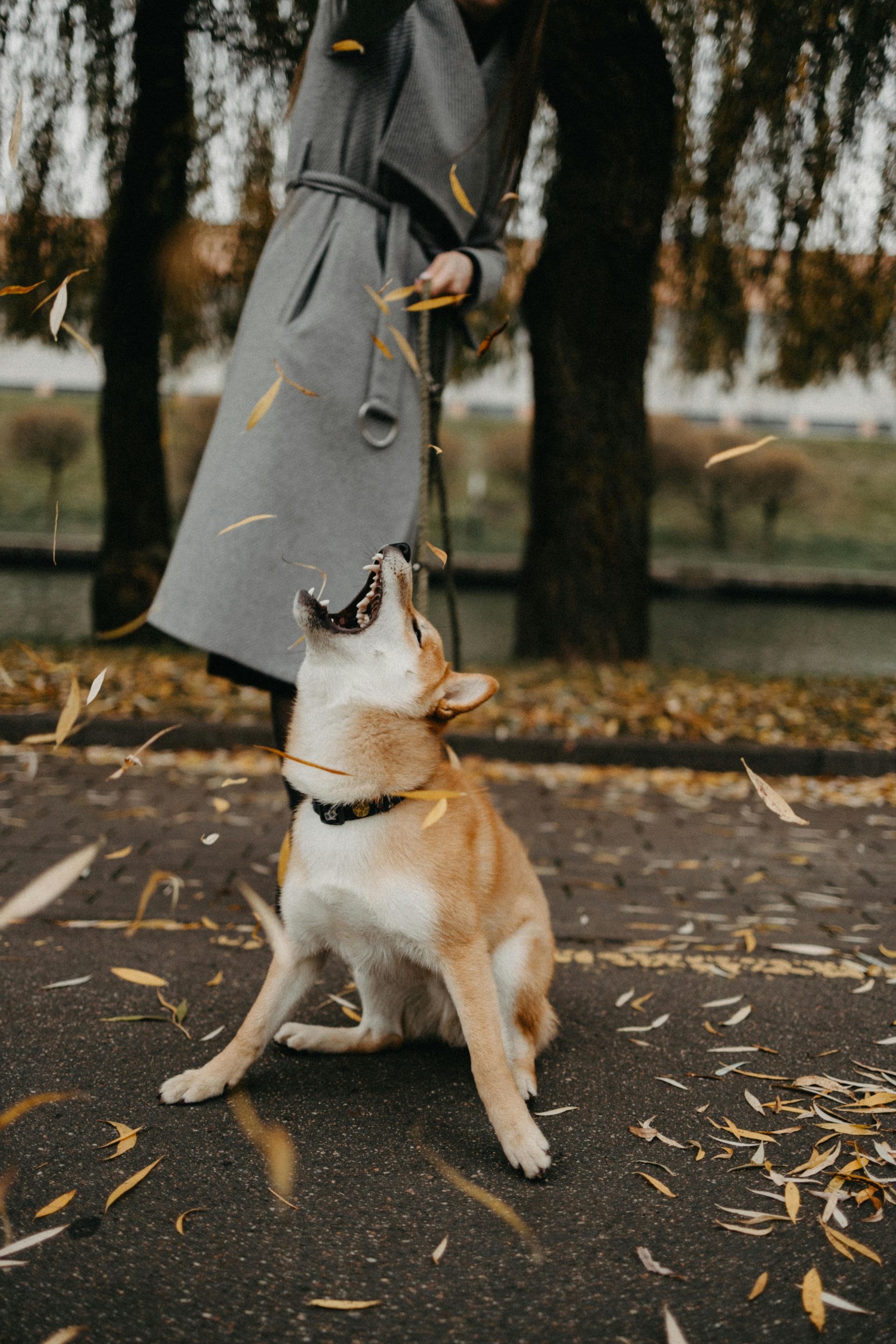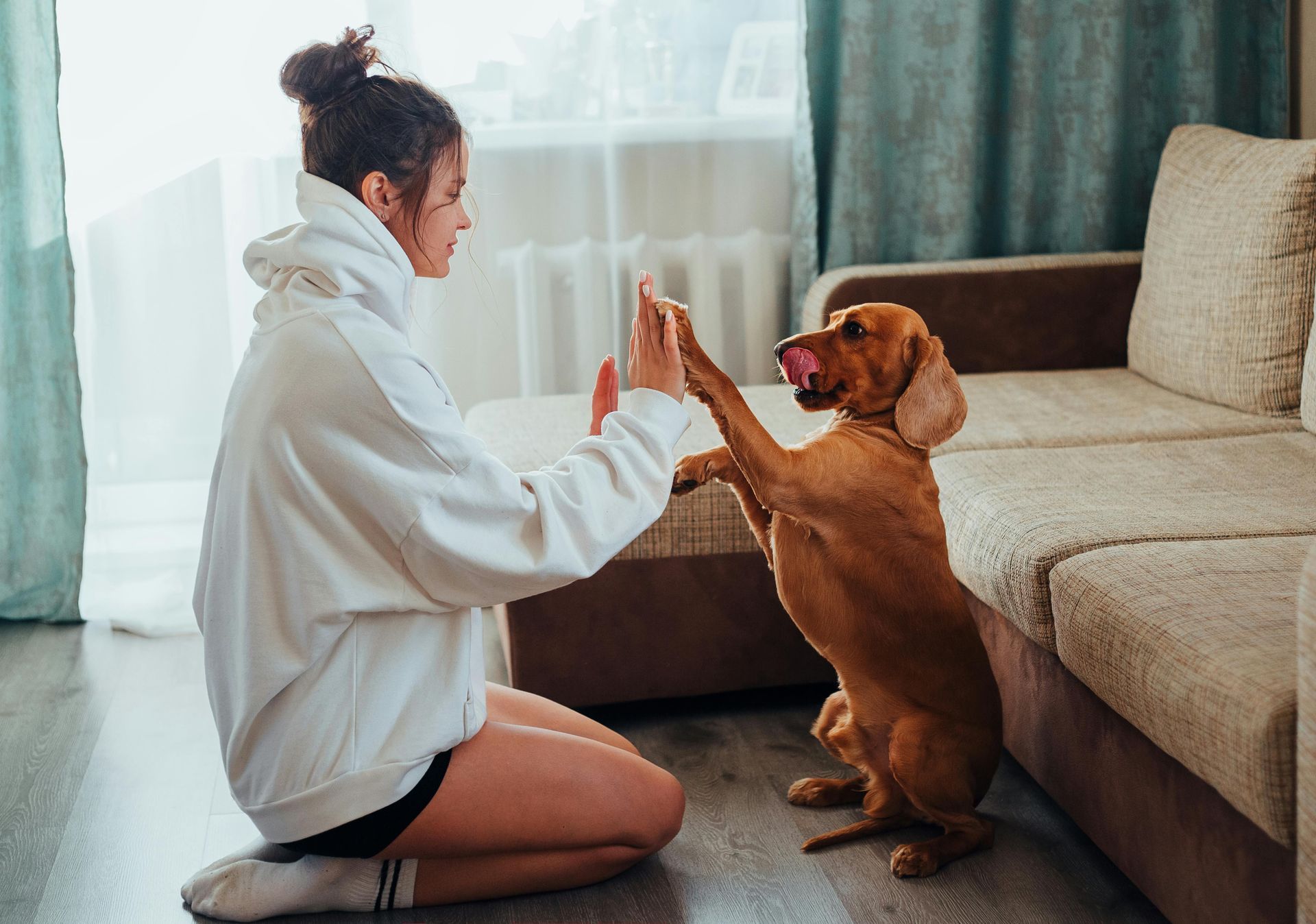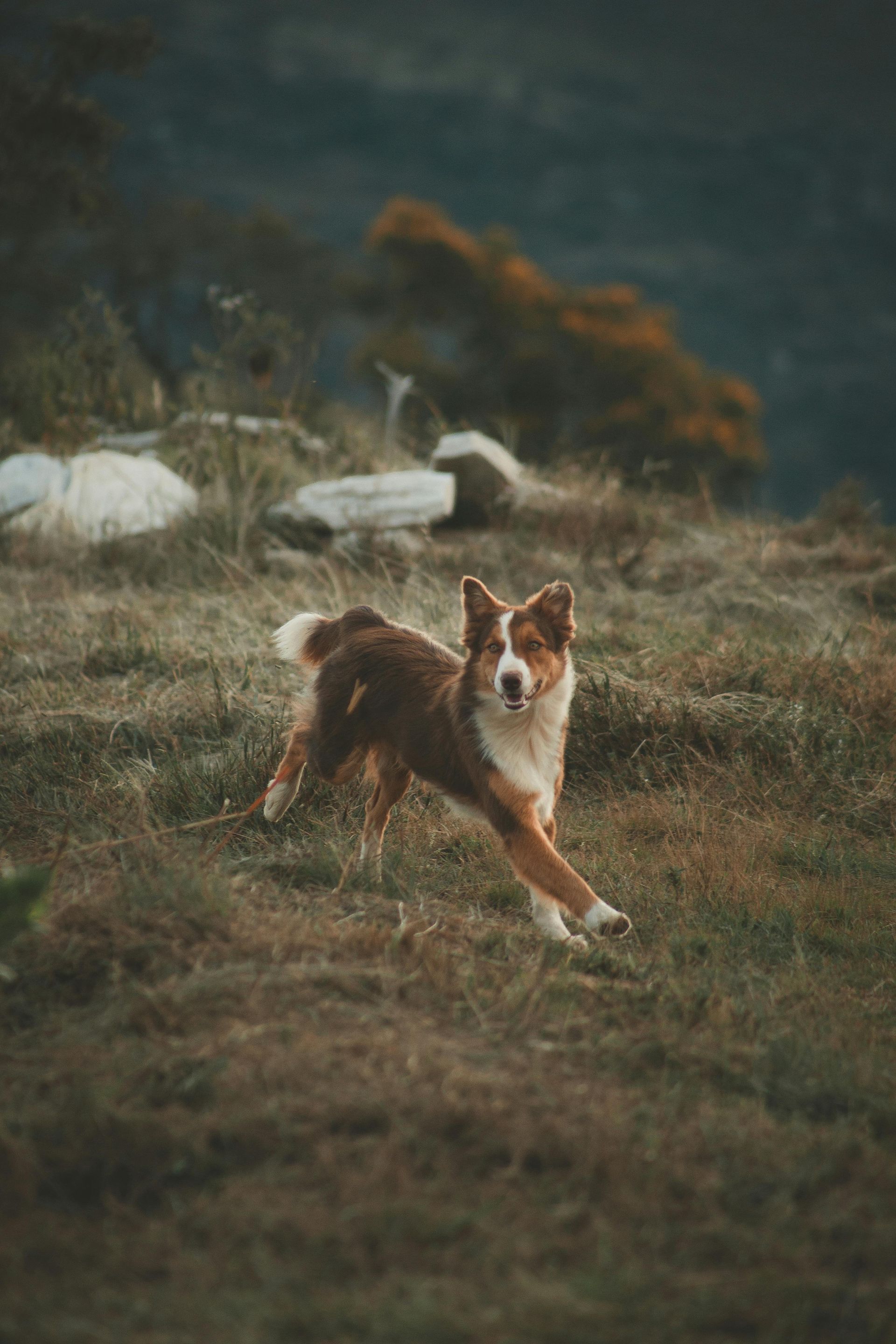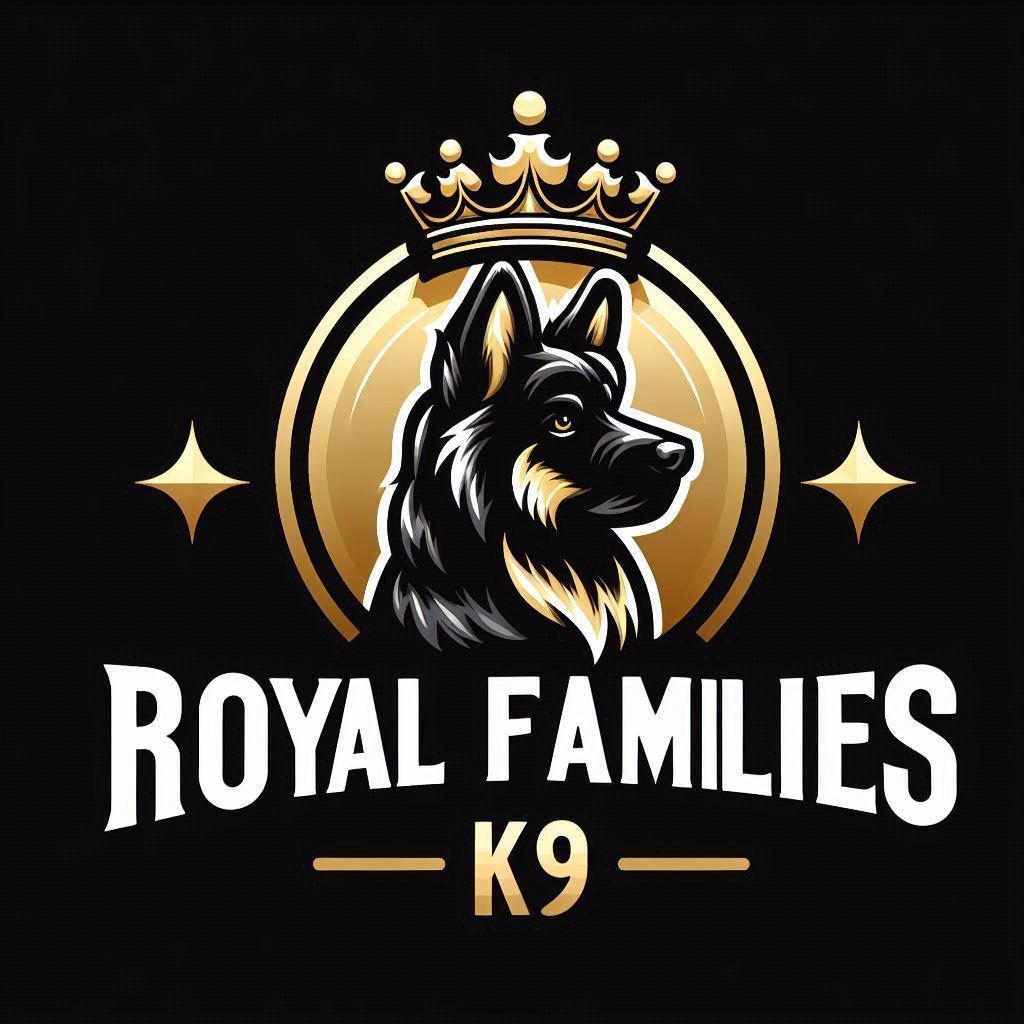Royal Library
Calm Walks Ahead: Managing Leash Reactivity with Confidence

Leash reactivity is when dogs overreact to certain stimuli, such as other dogs, people, or objects, while on a leash. This can include barking, lunging, or growling. Managing leash reactivity can be challenging, but with patience and consistent training, you can help your dog stay calm during walks. Here are some easy-to-follow steps:
Understand the Triggers
Identify what triggers your dog's reactivity. Common triggers include other dogs, strangers, bicycles, or cars. Knowing the specific triggers will help you plan and manage your walks better.
Stay Calm and Relaxed
Your dog can pick up on your emotions. Stay calm and relaxed when you encounter a trigger. Use a confident and reassuring tone to help your dog feel secure.
Create Distance
If you see a trigger approaching, create distance between your dog and the trigger. Cross the street or turn in another direction. Increasing the distance can help reduce your dog's anxiety and reactivity.
Use Positive Reinforcement
Reward your dog for calm behavior. Carry treats with you and give your dog a treat when they remain calm around a trigger. Positive reinforcement can help your dog associate triggers with positive experiences.
Teach Focus Commands
Train your dog to focus on you using commands like "watch me" or "look." Practice these commands at home and gradually introduce them during walks. When you see a trigger, use the command to redirect your dog's attention to you and reward them for complying.
Desensitization and Counter-Conditioning
Gradually expose your dog to triggers at a distance they can handle without reacting. Pair the trigger with high-value treats or rewards. Over time, reduce the distance while continuing to reward calm behavior. This process helps desensitize your dog to the trigger and build positive associations.
Stay Consistent
Consistency is key to managing leash reactivity. Stick to your training routine and reinforce positive behavior consistently. Avoid situations that may overwhelm your dog during the initial stages of training.
Seek Professional Help
If your dog's reactivity is severe or you're struggling to manage it on your own, consider seeking help from a professional dog trainer or behaviorist. They can provide personalized guidance and support.
Conclusion
Managing leash reactivity requires patience, consistency, and positive reinforcement. By understanding your dog's triggers, staying calm, creating distance, and using positive training techniques, you can help your dog stay relaxed during walks. With time and effort, you and your dog can enjoy stress-free outings together.



